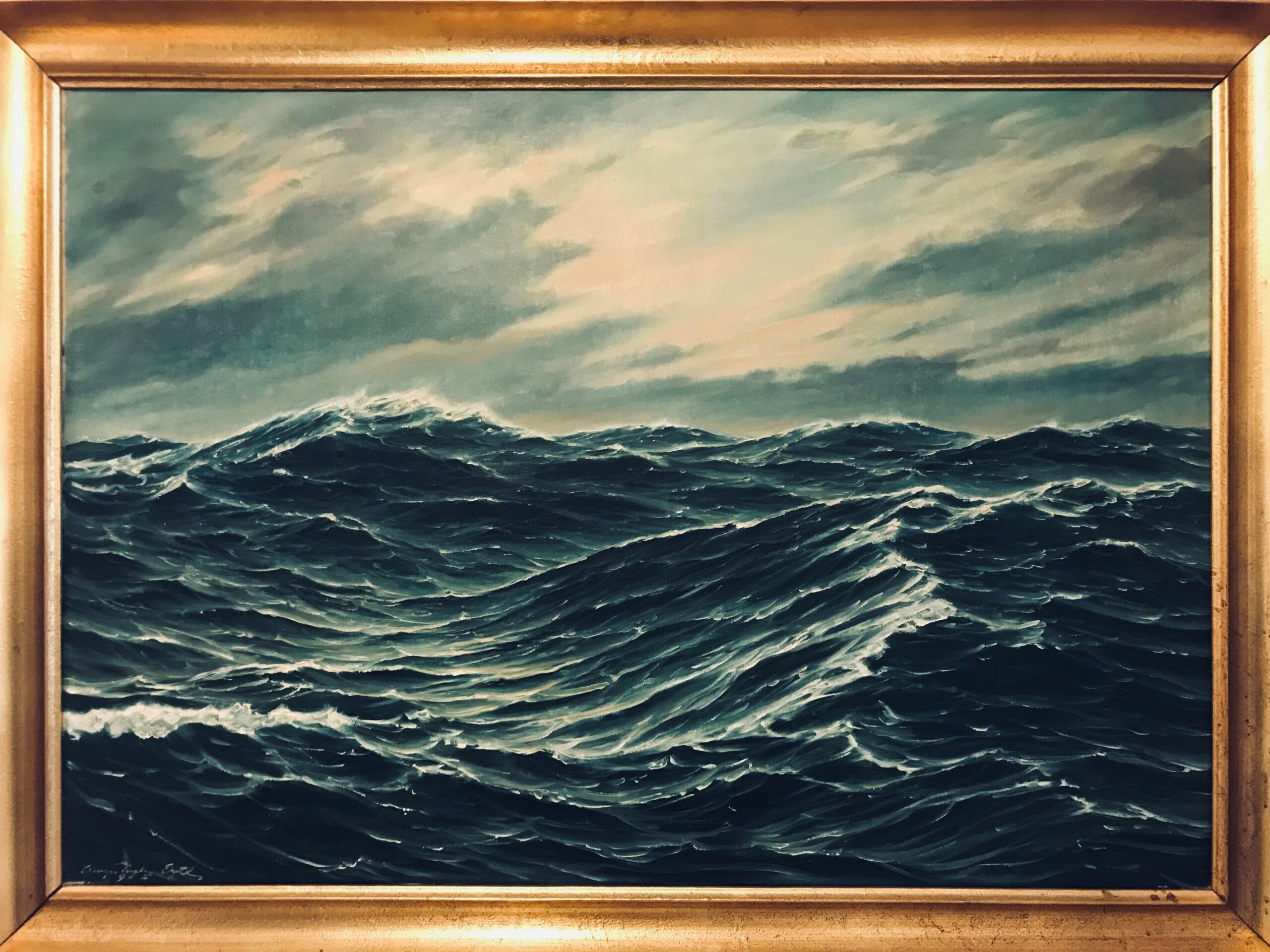
23 Jul CVO as a Service – with O like Office
Old knowledge and new ideas allow us to navigate the choppy waters of current developments. The US Navy is unpacking sextants again, start-ups are experimenting with algorithms. We have to use our seismographic skills to track down the eruptions and combine them with technological and philosophical knowledge to find solutions. That is the task of a Visionary Office.
Eruptive times and erupting events call for seismographic competence both in business and in society. Predefined strategic guidelines and routinely proclaimed routes are shortened daily by the unexpected and unseen. The loss of a division, an industry, a belief system or the failure of technology and supply chains can mean the end.
Restless BusinesSee
It was precisely for this reason that the US Navy reintroduced position determination with sextants in training, after only using GPS for this purpose since the late 1990s. The sextant (from the Latin sextans, the sixth part) is a nautical, optical measuring instrument that can be used to determine the angle between the lines of sight to relatively distant objects, in particular the angular distance of a celestial body from the horizon.
The seismograph, on the other hand, is a device that can register ground vibrations from earthquakes and other seismic waves.
A company that lasts for generations should also have both of these measuring skills and have talents in its midst or close by who can exploit and utilize these attitudes. In other words, those who can extrapolate future-proof models based on distortions and celestial signs, cross data and facts with ideas and perform the l’act créateur (the creative act).
Seismographic expertise in the C-suite
As a craftsman, assembly line worker, musician, artist, theater maker, founding director of Tabakfabrik Linz and entrepreneur, I have tried to acquire seismographic skills in the course of my life in order to recognize eruptions, trends, emotional waves and approaching technological upheavals at an early stage. In my observations, those who are successful are those who recognize these signs and combine them in new ways. There is now a separate profession for this with a C-suite title: Chief Visionary Officer.
Chief Visionary Officer
The Chief Visionary Officer is a newer C-suite title where owners are expected to have a broad and comprehensive knowledge of all matters related to the organization’s business and possess the vision needed to steer the organization’s course into the future. The title is sometimes used to define a more senior position than that of CEO, and sometimes to formalize a senior advisory position. In some cases, the CVO is added to the CEO title.
CVO as a Service – with O like Office
The role of the Chief Visionary Officer is comparatively new, but its importance in the business world is constantly growing and gaining strategic significance. The position is intended to recognize complex processes and integrate them into the corporate culture. Our business and education world today is highly differentiated, so I believe in the power of combination. It takes a spectrum of skills to create strategies. Although I have a diverse CV, I see the power of the Chief Visionary position in collaboration, which is why I declare the O as an office.
If we only consistently look forward, we will notice too late when we are overtaken. We also need to look backwards, find sideways, recognize parallels and shape a direction – a vision – from this. This is achieved by a mixed team that places seismographic feelers in different layers, depths and areas. The sextant also has more than just a sighting tube with which the horizon is aimed at. It uses mirrors to throw objects in the surroundings into the field of view. In this way, the observer obtains as comprehensive a picture as possible for orientation and course alignment – in our case, strategic guidelines.
The measuring instruments therefore require different skills and a great deal of experience to interpret them. This is covered by the Chief Visionary Office, which uses them to formulate a vision that sets sail.


